-
CATEGORY ::
- All Seeds /
- All Flower Seeds
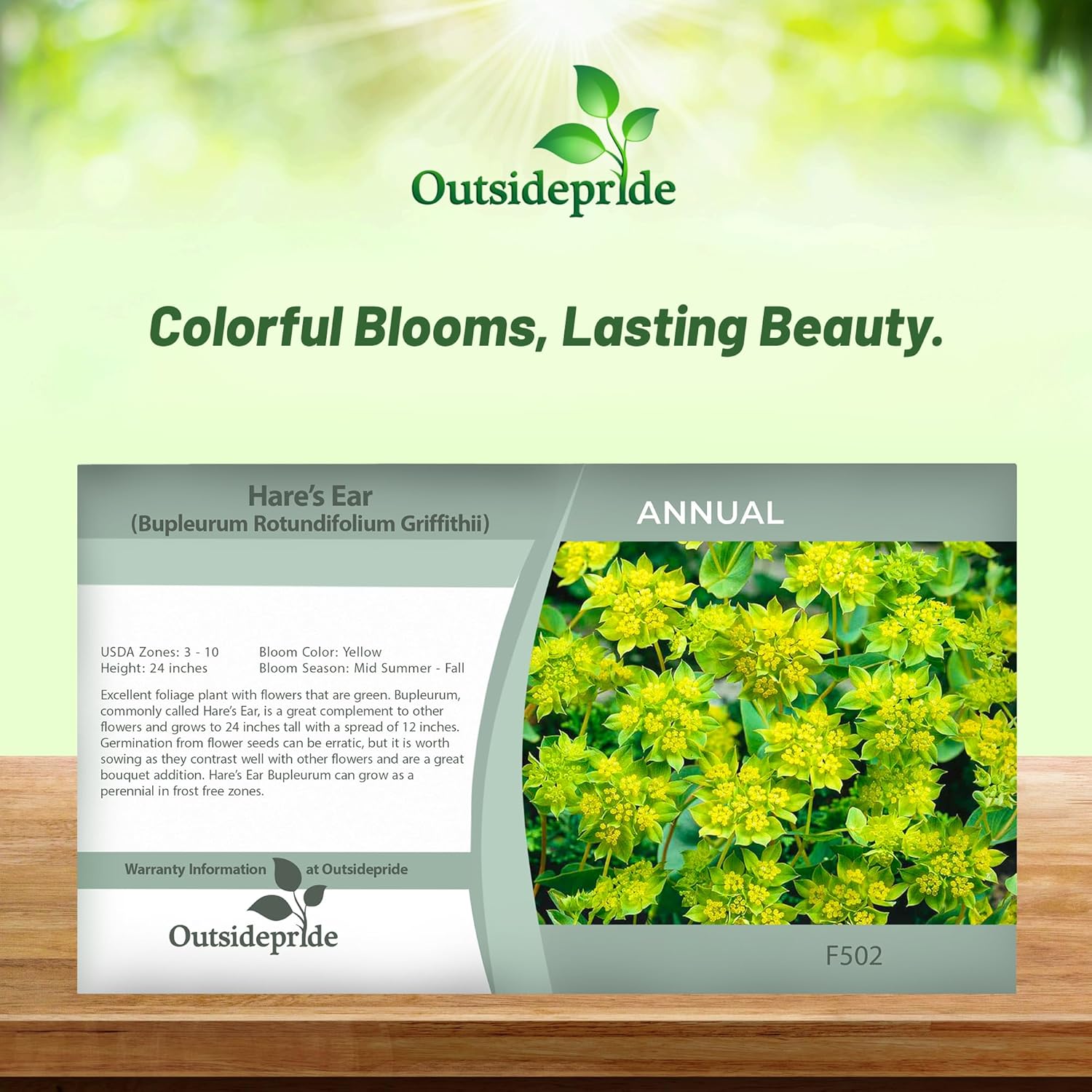


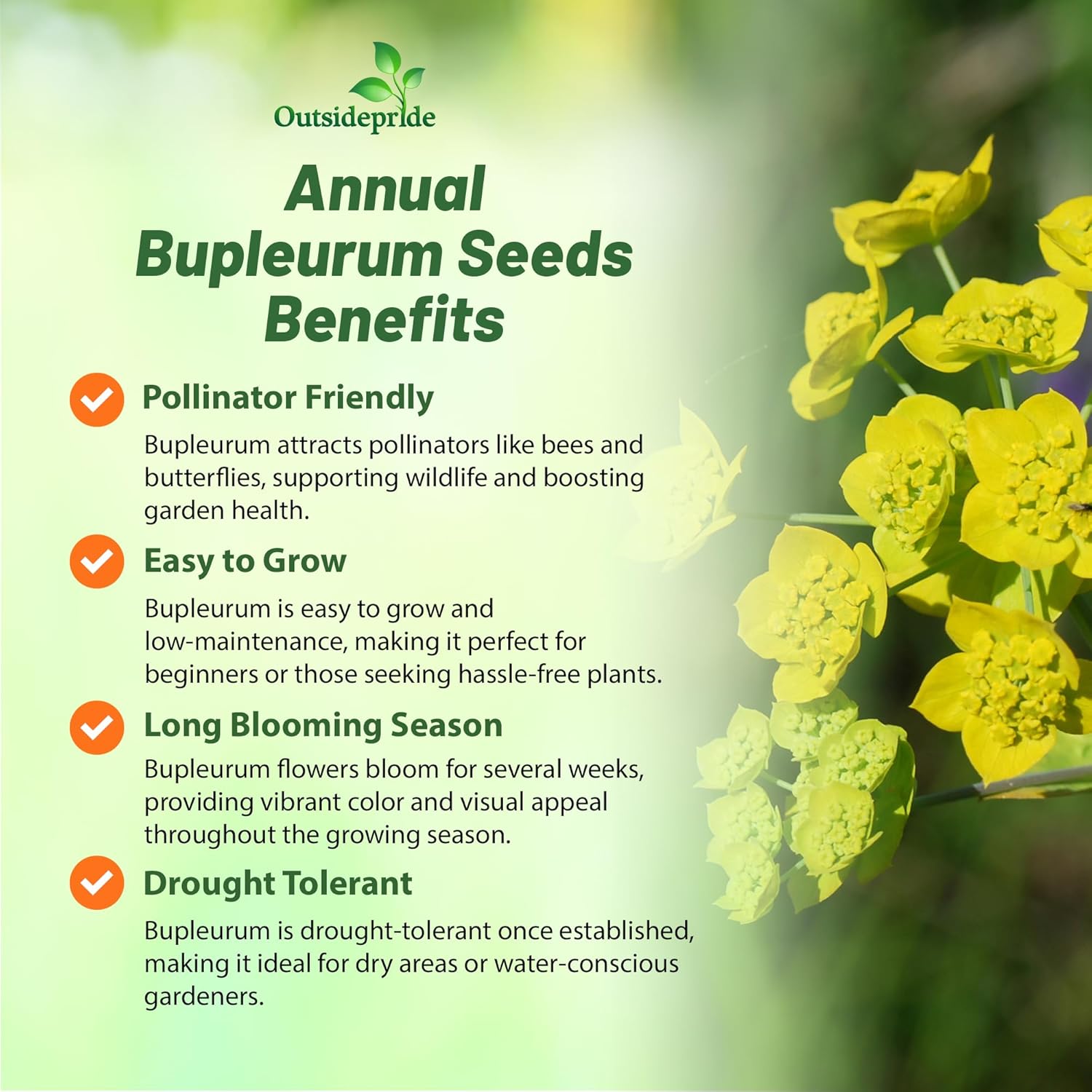
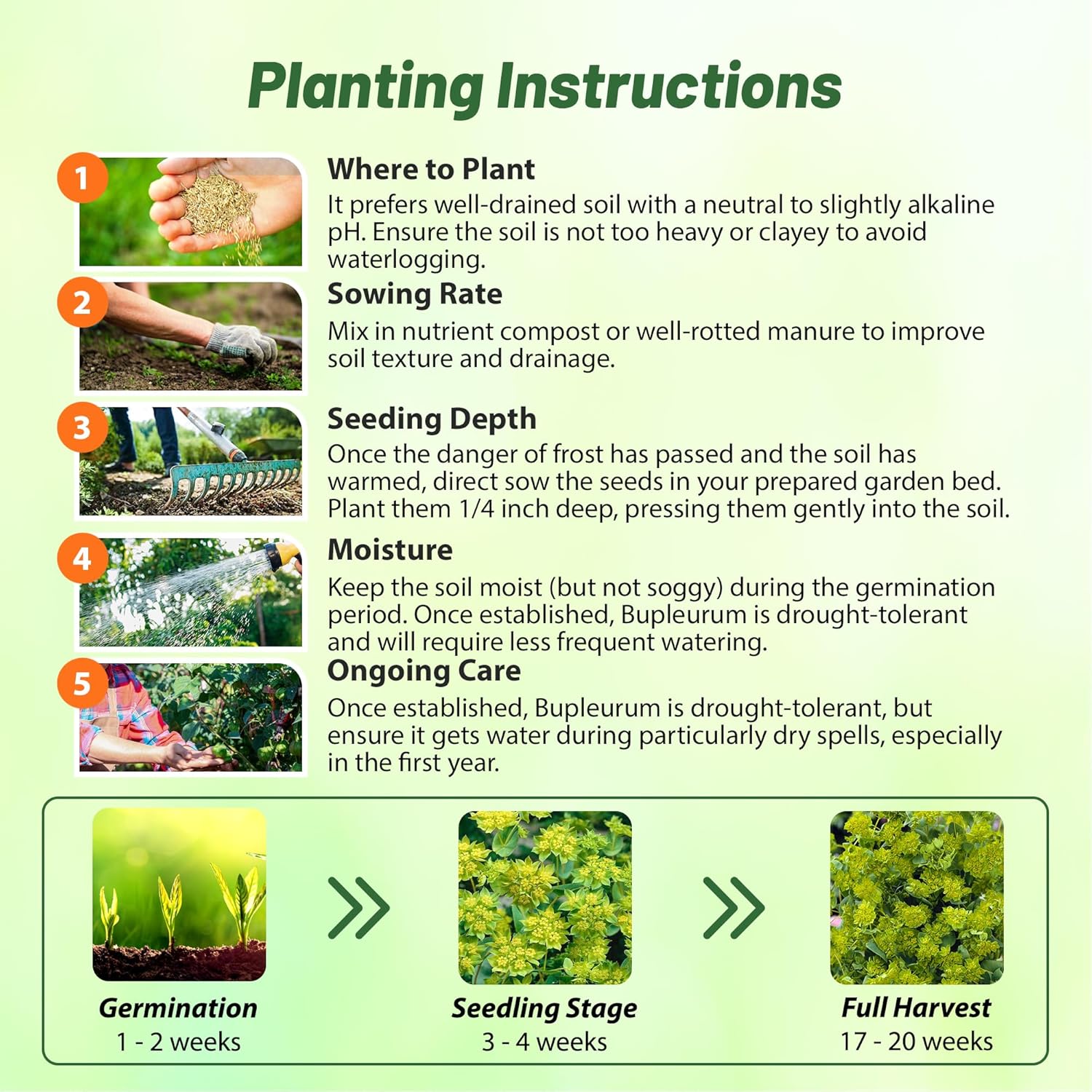
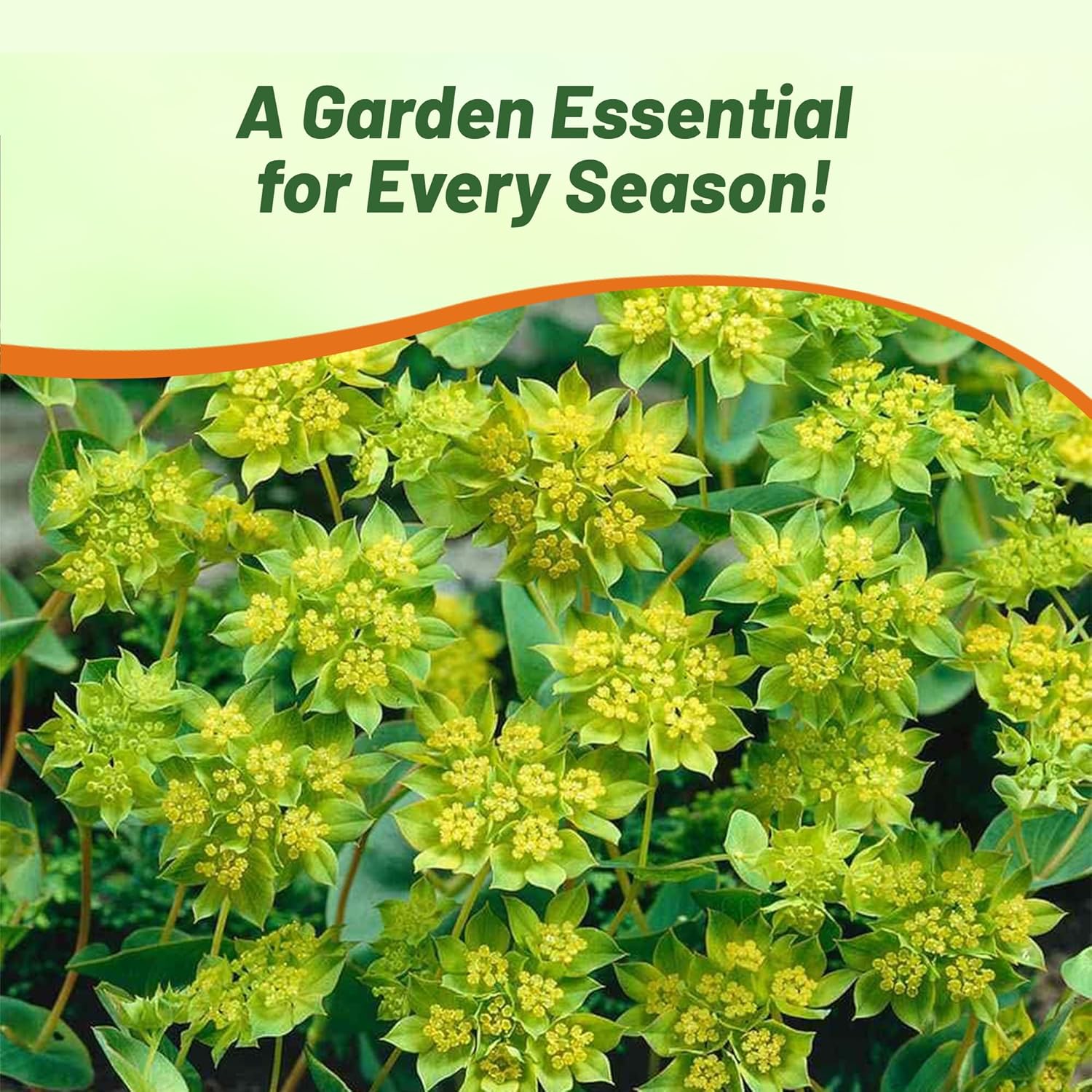
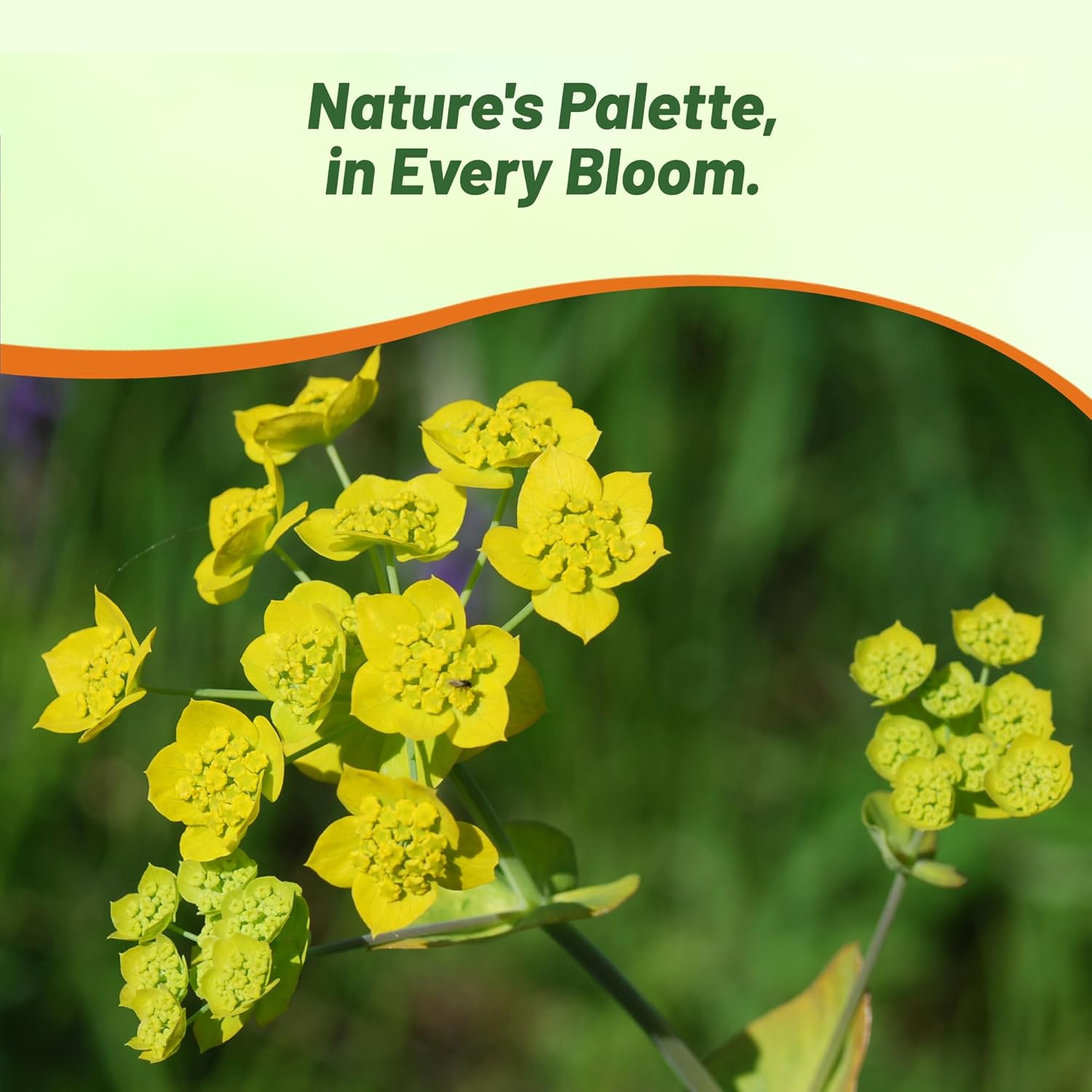

Bupleurum Seeds
About...
Hare's Ear (Bupleurum Rotundifolium Griffithii) - Bupleurum seeds grow quickly and easily to produce this annual for the cutting garden. Bupleurum adapts well to growing in many environments. For cut flowers, it is an excellent choice for filler in bouquets.MORE FLOWER OPTIONS
Planting Directions
TEMPERATURE
60 - 65F
AVERAGE GERM TIME
14 - 60 days
LIGHT REQUIRED
Yes
DEPTH
Surface sow and cover thinly with 1/8 inch topsoil
SOWING RATE
1 - 2 seeds per plant
MOISTURE
Keep seeds moist until germination
PLANT SPACING
12 inches
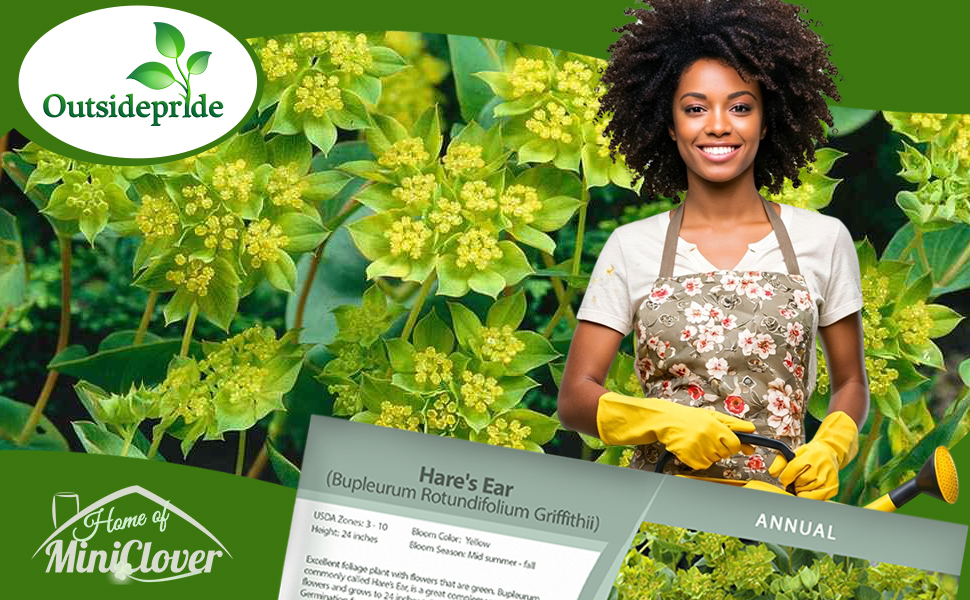

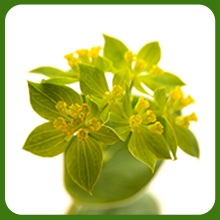
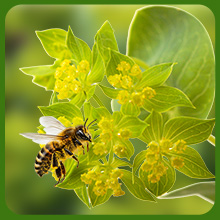

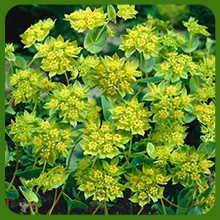


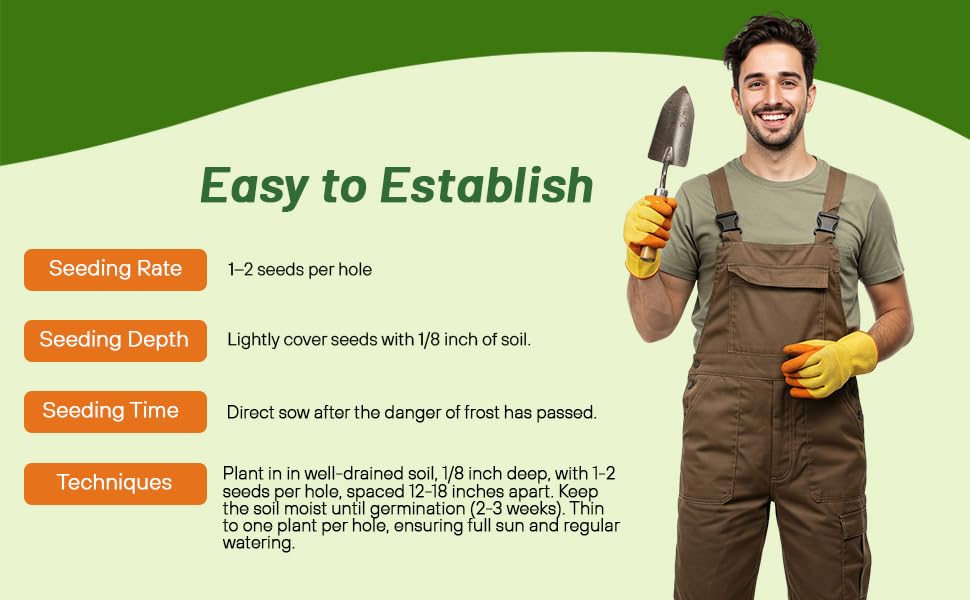
Hare's Ear (Bupleurum Rotundifolium Griffithii) - Bupleurum seeds grow quickly and easily to produce this annual for the cutting garden. Bupleurum adapts well to growing in many environments. For cut flowers, it is an excellent choice for filler in bouquets. This annual is easy to start from flower seeds, either by sowing the Bupleurum seeds in the flower garden or ahead of time indoors. When transplanting, space the Hare's Ear plants 12 inches apart, being careful not to disturb the roots. For cut flowers, provide support for straighter stems.
Bupleurum rotundifolium 'Griffithii' is an excellent foliage plant with flowers that are green. Bupleurum, commonly called Hare's Ear, is a great complement to other flowers and grows to 24 inches tall with a spread of 12 inches. Germination from flower seeds can be erratic, but it is worth sowing as they contrast well with other flowers and are a great bouquet addition. Hare's Ear Bupleurum can grow as a perennial in frost free zones.
Common Questions
In what areas of my landscape can I use bupleurum?
Bupleurum is great for banks, beds and bords, hedges, cottage gardens, coastal gardens, mediterranean gardens and city gardens.
Will deer eat my bupleurum?
Deer do not like bupleurum.
What are some good companion plants for bupleurum?
Plants such as fountain grass, eryngium sea holly, blue ageratum, and white cosmos all look very nice with bupleurum.
Planting Directions
TEMPERATURE
55 - 65F
AVERAGE GERM TIME
14 - 21 days
LIGHT REQUIRED
Yes
DEPTH
Surface sow seed and light cover no more than 1/8 inch deep
SOWING RATE
3 - 5 seeds per cell or approximately 5000 seeds covers 100 square feet
MOISTURE
Keep seeds moist until germination
PLANT SPACING
8 inches
Leptosiphon Mix (Leptosiphon Hybrida French Hybrids Mix) - Start Leptosiphon seeds to start these dainty little flowers. Leptosiphon French Hybrids has the synonymous botanical name Linanthus androsaceus. This low-growing annual has fern-like foliage and hundreds of sweet little half inch star-shaped flowers that shine out from the foliage. The colors are mixed and bright in shades of rose, yellow, orange and cream. Leptosiphon uses include edging the front of the flower bed, containers, edging a pathway, or as a ground cover. Commonly known as False Baby Stars, this annual is lovely if it is allowed to spill over the edges of rocks or containers. It makes a carpet of color and is stunning!
Grow Leptosiphon seeds directly outside in a prepared seedbed after frost danger has passed. Press the flower seed into the soil and lightly cover. False Baby Stars flowers perform best in full sun, and they prefer rich, well-draining soil.
Common Questions
Can I use leptosiphon in containers?
Yes, these little flowers will do well in a container.
What are some good ways to use this plant around my landscape?
These cute little flowers are an excellent choice for the front of your beds, in containers, butterfly gardens, cottage gardens, prairies or planted along a pathway.
Are pollinators attracted to this flower?
Yes, butterflies enjoy leptosiphon.
Planting Directions
TEMPERATURE
73F
AVERAGE GERM TIME
14 - 21 days
LIGHT REQUIRED
Yes
DEPTH
Surface sow seed and press in to soil
SOWING RATE
7 - 8 seeds per plant
MOISTURE
Keep seeds moist until germination
PLANT SPACING
18 - 24 inches

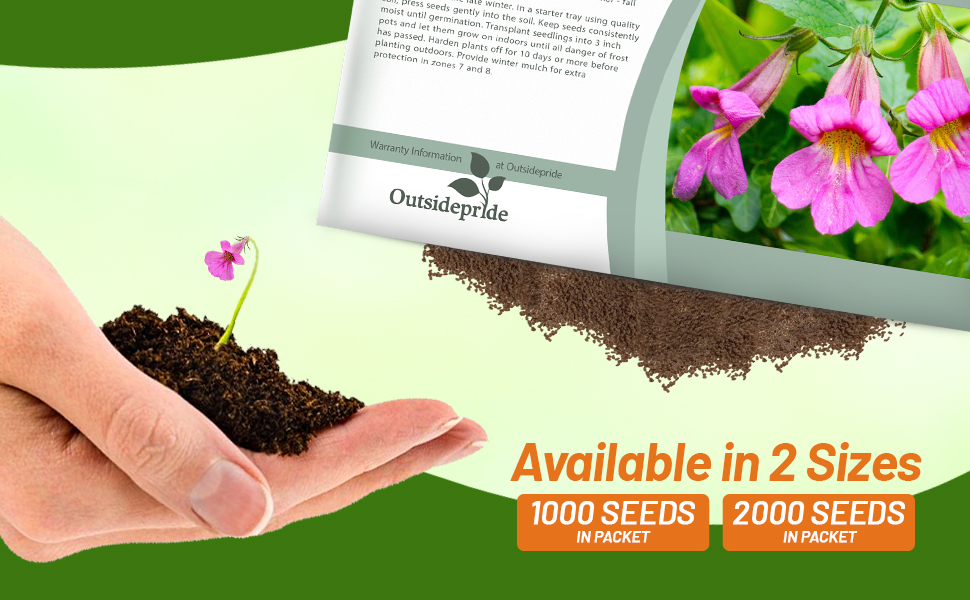
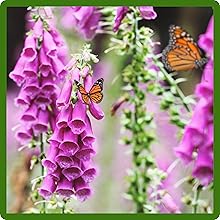
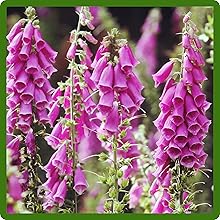
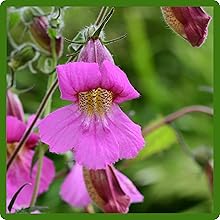



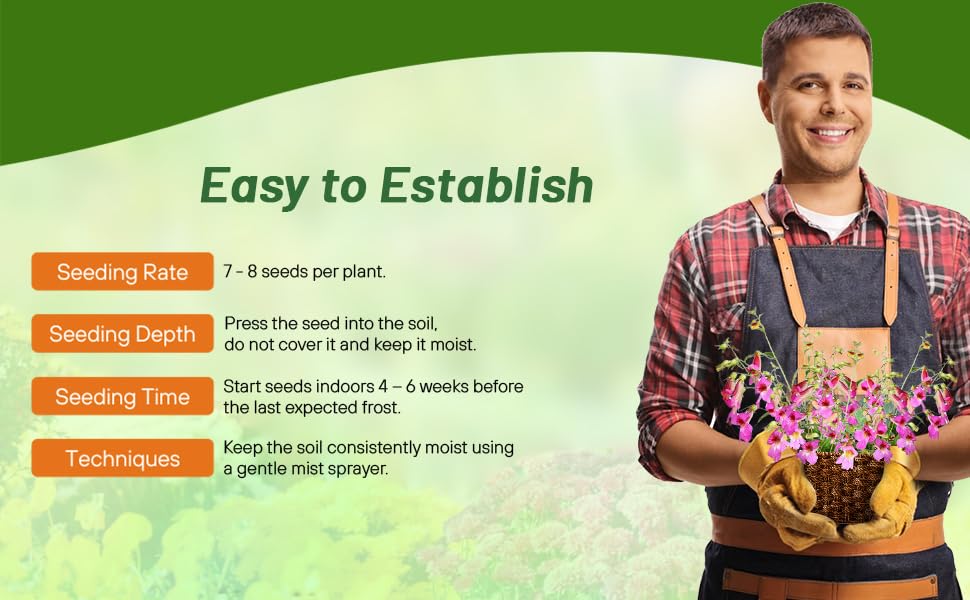
Chinese Foxglove (Rehmannia Angulata Rosy Purple) - Rehmannia Angulata seeds can be grown as annuals in all climates and as perennials in USDA zones 7 - 11. Commonly referred to as Chinese Foxglove, this beauty does well in full sun or partial shade, and the Chinese Foxglove plants continuously produce large, foxglove-like flowers from late spring through fall. The flowers can measure 2 - 3 inches across and are rosy purple with spotted throats. Chinese Foxglove is great in the flower border, and the flowers are nice for cutting. A synonymous botanical name is Rehmannia elata.
How To Grow Chinese Foxglove From Seeds: Sow the Rehmannia Angulata seeds indoors in the late winter. In a starter tray using quality soil, press the flower seeds gently into the soil. Keep the Chinese Foxglove seeds consistently moist until germination occurs. Transplant the Chinese Foxglove seedlings into 3 inch pots and let them grow on indoors until all danger of frost has passed. Harden the Chinese Foxglove plants off for 10 days or more before planting outdoors. Provide winter mulch for extra protection in zones 7 and 8.
































